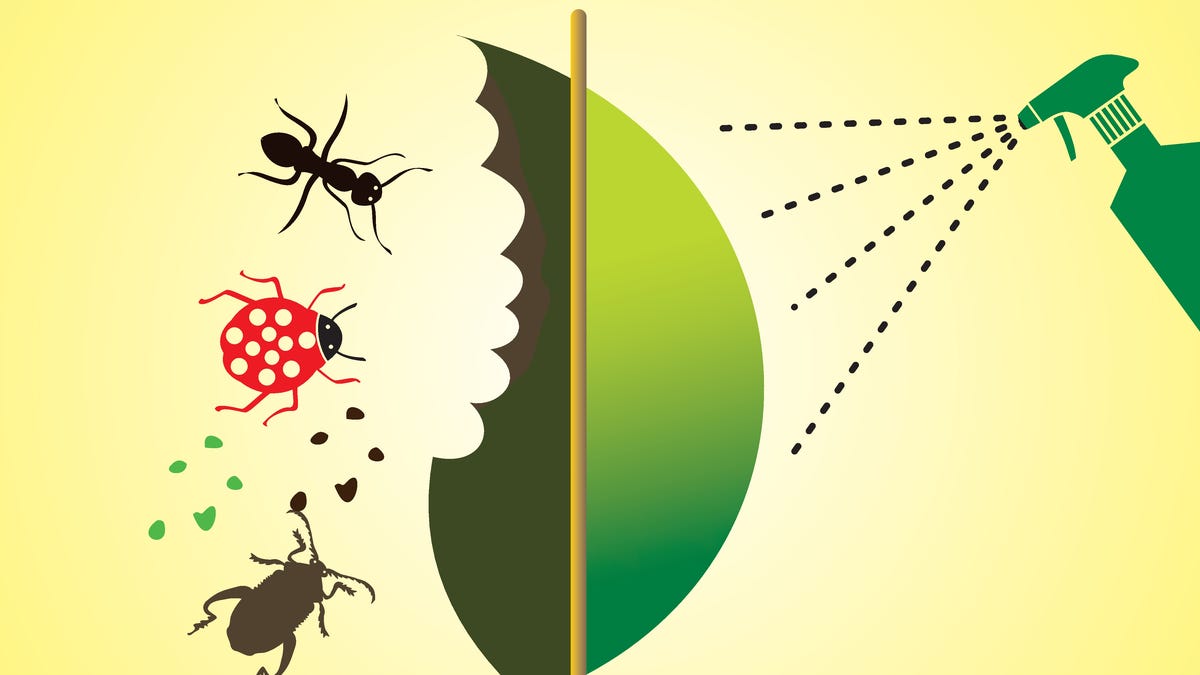It seems like you just got your spring veggies in, and now summerâs here, with those tomatoes are ripening and the squash are thriving.
Alice Slusher
Fall seems like a distant thought, right?
Especially with our long, warm autumns, you might enjoy those summer veggies well into October or November, especially if thereâs no hard frost.
But hereâs the scoop: fall is the prime time for many plants, especially those that thrive in cooler weather and actually get sweeter with a touch of frost. So, if your spring broccoli or cabbage bolted early or tasted bitter, fall planting is your chance for a fresh start.
Start prepping
People are also reading…
No room left in your garden? Sure there is!
Garlic and onions will be ready to harvest this month, so youâll find additional space for fall crops. Many of your spring veggies, such as early peas, lettuce, radishes and other salad are done for the season.
Are some of your tomatoes or zucchinis not doing well, or did you plant more than you need or want? This is another opportunity to create space for your fall garden plants.
Add compost and organic fertilizer to replenish nutrients, and spread a 3-inch layer of organic mulch to protect the soil and provide ongoing nutrient support.
What can you grow in the fall?
Think broccoli, cauliflower, kale, radishes, turnips, lettuce, spinach, chard, beets, carrots, and more. The key is to plant them early enough to mature in cooler weather.
When should I plant?
Letâs do some simple math.
Check the âdays to maturityâ on your seed packet or the label on your seedlings from the nursery.
In fall, plants grow slower as days shorten, so add about 14 extra days to that number. For instance, Clementine cauliflower takes 55 days to mature, so aim for 69 days. If you want your cauliflower ready by the first frost (say, Nov. 7), count back 69 days and aim to plant by the last week of August.
(By the way, bright yellow clementine cauliflowerâs nutty flavor is beautiful and tasty. Plant purple moon cauliflower â too-gorgeous and delectable.)

Cowlitz County Master Gardener Alice Slusher’s yellow clementine cauliflower peaks through foliage last fall. Slusher says the vegetable offers a nutty flavor.Â
Dealing with summer heat
Planting cool-weather crops in the heat of summer can be tricky.
- Start seedlings indoors to control the temperature. Itâs probably too late to start them from seed now, but I like to start them no later than July 1 so I can transplant vigorous plants that can better tolerate the hot weather.
- Use shade cloths to cool garden beds. I found shade cloth online that blocks 30-50% of light, perfect for protecting seedling beds during a heat wave. It lets in enough light for the plants to grow while keeping them cool and happy.
- Plant in shaded areas and transplant later.
- Water frequently with cool water.
Fallâs cooler weather means fewer pests, but warm days can still attract invaders. When you transplant them into your garden, use a row cover to keep out slugs and butterfly and moth caterpillars from chewing the leaves.

Cowlitz County Master Gardener Alice Slusher’s harvest of yellow clementine and purple moon cauliflower sits in a basket last fall. Slusher says people can prepare their garden now for fall plants like cauliflower, chard, beets and more.
When to harvest?
The rule of thumb is to harvest fall veggies before the first hard freeze. However, they can continue growing on sunny fall days with protection from light frost. Use milk jugs, wire fencing with plastic covers, or floating row covers to protect plants during early cold snaps.
Didnât grow from seed? No problem.
If you didnât have a chance to start them earlier this month, you can still find a selection of seedlings from garden centers and farmers markets. Thatâs what I did last year â I found mine at our local farm store. Plan ahead and buy fall seeds in spring next year for a better selection. This year, I planned ahead and have a variety of seedlings growing indoors.
There are some excellent planting guides to help you choose what to grow and when to plant and harvest. A great resource is a fall and winter growing guide from Territorial Seeds that you might find helpful. Just think â you can offer delicious vegetables from your garden at Thanksgiving dinner!
Did you know the WSU Master Gardeners offer the Evergreen Thumb Podcast? Listen to various gardening topics suited for our specific climate in the car or while youâre puttering around the house or garden.
Around the Yard is a weekly column written by Washington State University Master Gardeners of Cowlitz County and provides answers to local gardening questions. To ask a question, contact Cowlitz County’s WSU Extension Director Gary Fredricks at [email protected] or 360-577-3014 or the free Cowlitz County Master Gardner Plant and Insect Clinic at [email protected]. Alice Slusher has been a WSU Master Gardener for 12 years, serving as director of the Cowlitz County Extension Office’s Plant and Insect Clinic and becoming familiar with the majority of problems that occur in the area’s wet, cold, rainy winters and springs, as well as in its hot, dry summers.










